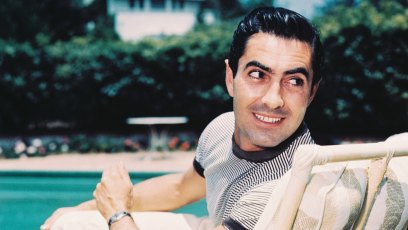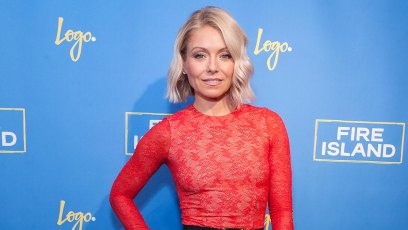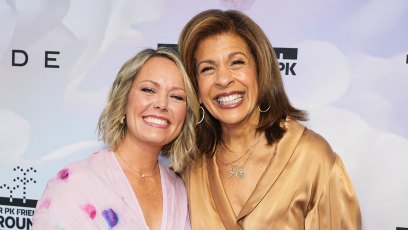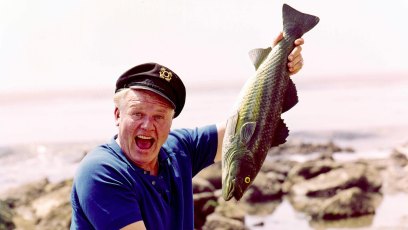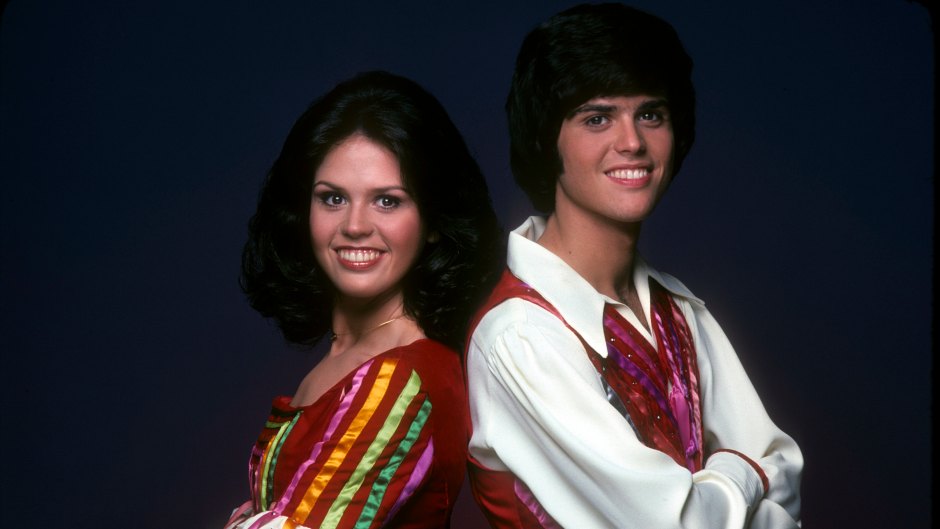
Photo Archives/Walt Disney Television via Getty Images
Remembering the ‘Donny & Marie’ Variety Show With an Inside Look and Guide to Every Episode
If there are two words that best describe the Donny & Marie variety show of the mid-1970s, it would probably be “comfort food.” The show could be silly, the humor kind of corny, and yet there was something cozy in being entertained by the brother and sister act of Donny Osmond and Marie Osmond, who were joined by a number of show business personalities — a complete guide to all of them follows shortly — each of whom were driven by the same need: to entertain us.
In some ways, the experience of Don Smith, a pop culture historian and publisher, along with sister Erin, of the ’90s ‘zine Teenage Gang Debs (and something of an expert on Donny & Marie), who seems to mirror many of the young people who fell in love with this particular variety show at a time when that genre had become a dying breed on television.
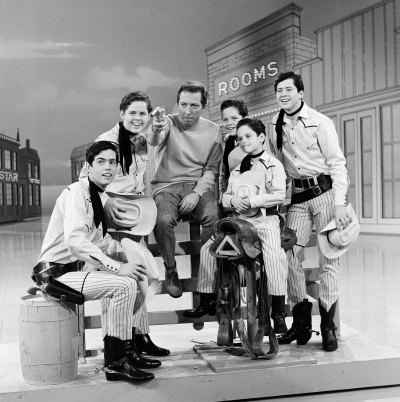
“I grew up in a neighborhood that was pretty much like a baby boomer neighborhood, but I was Generation X,” Don explains. “You know, 10 or 15 years younger than everybody else, so I would watch a lot of TV, because everybody else was in college when I was in elementary school. I actually didn’t realize this at the time, and I didn’t even realize it until after I started writing about TV and I started reconnecting with people on Facebook and we’d start talking about shows from the 1970s.
“If you look at that era,” he continues, “there was The Waltons, The Brady Bunch, The Partridge Family, the Jackson 5 and the Osmonds. Just wholesome concepts in a general sense; these big families who were all working together as a family. And the Osmonds were really the most ‘wholesome’ of them all in a lot of ways. When Donny & Marie started, we had already known about the Osmonds, who had been on The Andy Williams Show starting in about 1962 and were doing a barbershop quartet concept. That would’ve been the older brothers. Then they started adding Donny, Marie and Jimmy — the young kids. But they weren’t playing rock ‘n’ roll at all and, in 1966 and 1967, they were really outside the rest of the culture in a lot of ways. It was around 1969 that the older brothers decided they wanted to do a band, and in 1970 recorded at Muscle Shoals — the famous southern recording studio — and really developed this kind of different rock sound, which had an early ‘70s feel. But the early ’70s were over by 1975 or 1976, so it didn’t really work.”
For details on the origins of Donny & Marie, and much more, please scroll down.
Be sure to check out and subscribe to our Classic TV & Film Podcast for interviews with your favorite stars!

Getty Images

Columbia Tristar Tv/Dick Clark Ent/Kobal/Shutterstock

Columbia Tristar Tv/Dick Clark Ent/Kobal/Shutterstock

Globe Photos/mediapunch/Shutterstock

Donato Sardella/WireImage

ABC Photo Archives/ABC via Getty Images

Andre Csillag/Shutterstock

Walt Disney Television via Getty Images

Shutterstock

Shutterstock

Walt Disney Television via Getty Images

Walt Disney Television via Getty Images

Walt Disney Television via Getty Images

Walt Disney Television via Getty Images

Walt Disney Television via Getty Images

Walt Disney Television via Getty Images

Walt Disney Television via Getty Images

Walt Disney Television via Getty Images

Walt Disney Television via Getty Images

Walt Disney Television via Getty Images

Walt Disney Television via Getty Images

Walt Disney Television via Getty Images

Ron Galella/Ron Galella Collection via Getty Images

Photo by Walt Disney Television via Getty Images

NBCU Photo Bank

NBCU Photo Bank

NBCU Photo Bank

Getty Images

Walt Disney Television via Getty Images

Fred Sabine/NBC/NBCU Photo Bank via Getty Images

Fred Sabine/NBC/NBCU Photo Bank via Getty Images

Fred Sabine/NBC/NBCU Photo Bank via Getty Images

Fred Sabine/NBC/NBCU Photo Bank via Getty Images

Fred Sabine/NBC/NBCU Photo Bank via Getty Images

Lynn Goldsmith/Corbis/VCG via Getty Images

Lynn Goldsmith/Corbis/VCG via Getty Images

Lynn Goldsmith/Corbis/VCG via Getty Images

Lynn Goldsmith/Corbis/VCG via Getty Images

Lynn Goldsmith/Corbis/VCG via Getty Images

Estorff / ullstein bild via Getty Images

Walt Disney Television via Getty Images

Walt Disney Television via Getty Images

Walt Disney Television via Getty Images

Walt Disney Television via Getty Images

Walt Disney Television via Getty Images

Hulton Archive/Getty Images

Walt Disney Television via Getty Images

Walt Disney Television via Getty Images

Walt Disney Television via Getty Images

Walt Disney Television via Getty Images

Walt Disney Television via Getty Images

Walt Disney Television via Getty Images

Walt Disney Television via Getty Images

Walt Disney Television via Getty Images

Ron Galella/Ron Galella Collection via Getty Images

Ron Galella/WireImage

Ron Galella/WireImage

Ron Galella/Ron Galella Collection via Getty Images

Tom Wargacki/WireImage

Walt Disney Television via Getty Images

Fred Sabine/NBCU Photo Bank

Walt Disney Television via Getty Images

Harry Langdon/Getty Images

Walt Disney Television via Getty Images

Walt Disney Television via Getty Images

Walt Disney Television via Getty Images

Kenn Bisio/The Denver Post via Getty Images

Kenn Bisio/The Denver Post via Getty Images

Kenn Bisio/The Denver Post via Getty Images

Kenn Bisio/The Denver Post via Getty Images

Jason Merritt/Getty Images

GAMMA/Gamma-Rapho via Getty Images

Walt Disney Television via Getty Images












